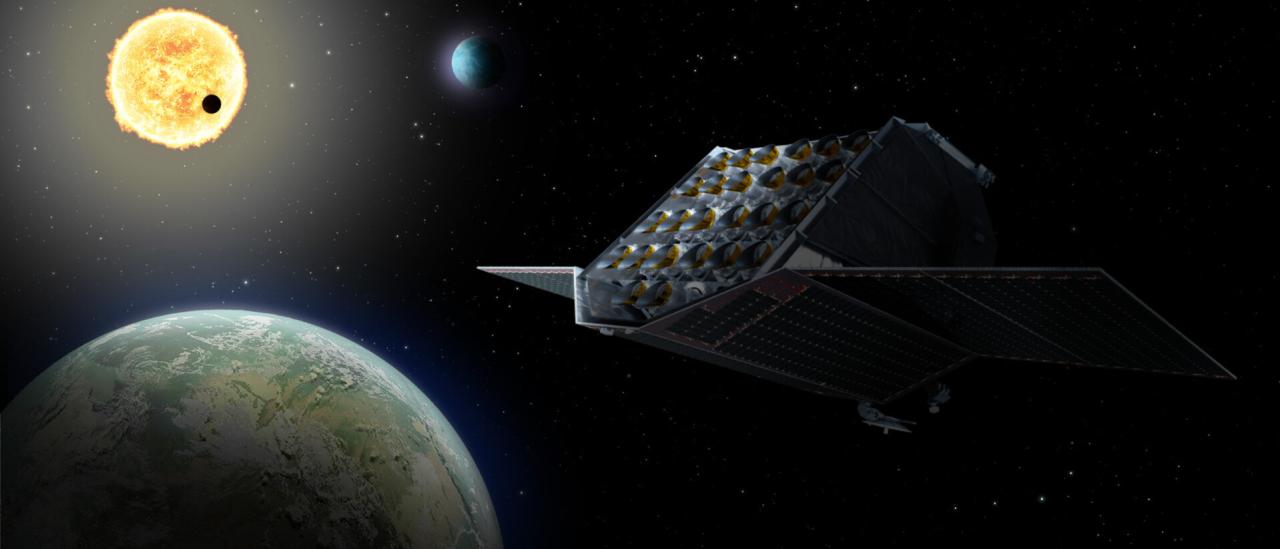The Instrument division of the Instituto de Astrofísica de Canarias (IAC) has been working, in collaboration with other organizations, on the design and manufacture of the electronic system which will receive and process the astronomical data from the PLATO space mission of the European Space Agency (ESA) which aim is find “other Earths” which orbit stars similar to the Sun.
The work led by the IAC has recently been approved by an international technical team which met at the headquarters of the company CRISA/AIRBUS in Madrid, with the presence of representatives of the European Space Agency (ESA), CRISA/AIRBUS, TASE, and the IAC. The meeting approved the flight qualification of the equipment for which the IAC is responsible, giving the consent for its delivery.
This approval permitted the start of the integration phase with the rest of the payload as part of the satellite, which, with the help of the Ariane 6 booster, is scheduled for launch at the end of 2026.
The scientific project, led by Hans Deeg, as Principal Investigator at the IAC, gave rise to the technological participation of the Instrument Division, as it had contributed to the mission with part of the electronics of the MEU (Main Electronics Unit). This unit, designed in collaboration with the Instituto de Astrofísica de Andalucía (IAA), is part of the Data Processing System (DPS) which will process in real time the data received from the 24 telescopes which will provide the scientific results.

The IAC has been involved from the beginning of the instrumental development, in the definition of the performance of the equipment, the consolidation of the design, and the establishment of the industrial activities needed for its production, with a technical team led by José Javier Diaz García, and with outstanding contributions from the engineers Hugo García Vázquez and Javier López Campos.

The PLATO (PLAnetary Transits and Oscillations of stars) mission has the aim of setting up an observatory in space designed specifically to discover and characterise extrasolar planets of all sizes and types orbiting cool stars (like our Sun) and sub-giant stars.
It differs from previous missions such as COROT, Kepler, and TESS, by studying bright stars (with magnitudes between 8 and 11) in great detail, allowing a very precise characterisation of any planetary systems discovered. It will have a field of view 22 times wider than that of the Kepler mission, allowing the study of a much bigger sample of stars. It is expected that it will multiply by five the number of known exoplanets around bright stars.
On the scientific side, the IAC is contributing to PLATO with the preparations for the analysis of the light curves of the stars, to study them using the technique of asteroseismology, and to detect planets in a sample of eclipsing binaries observed by PLATO.
In addition the IAC is preparing ground based follow-up observations of the objects discovered b PLATO, and which are candidates for exoplanets, with instruments at the Canary Observatories (OCAN), both at the Teide Observatory in Tenerife, and the Roque de los Muchachos Observatory on La Palma.
The IAC’s activities have been financed by funding from the National Plan of Research, Development, and Innovation, with part of the industrial development covered by PRODEX funding from ESA.
Contacts:
José Javier Díaz García, IAC MEU Technical lead
Hans Deeg, Principal Investigator at the IAC
